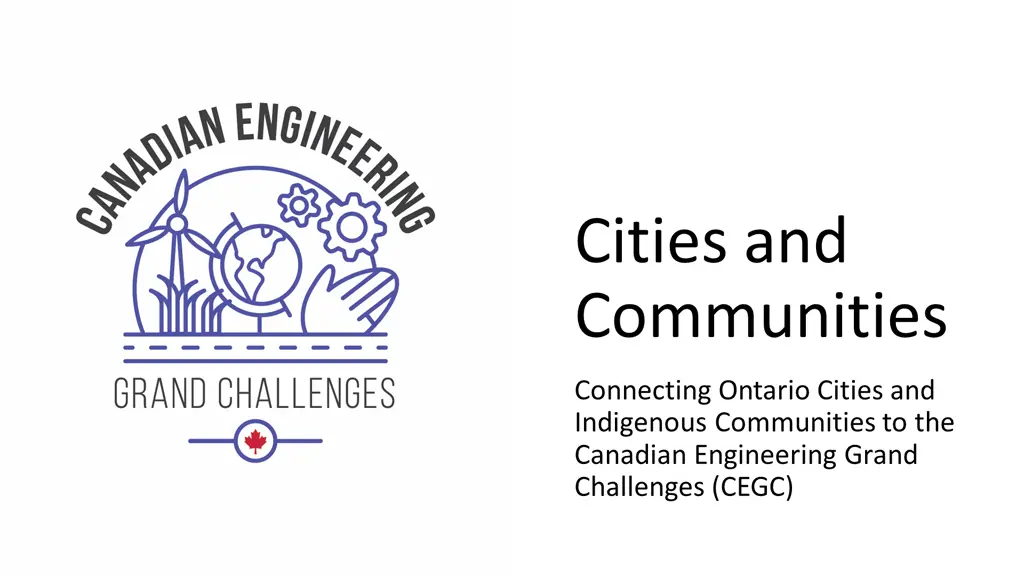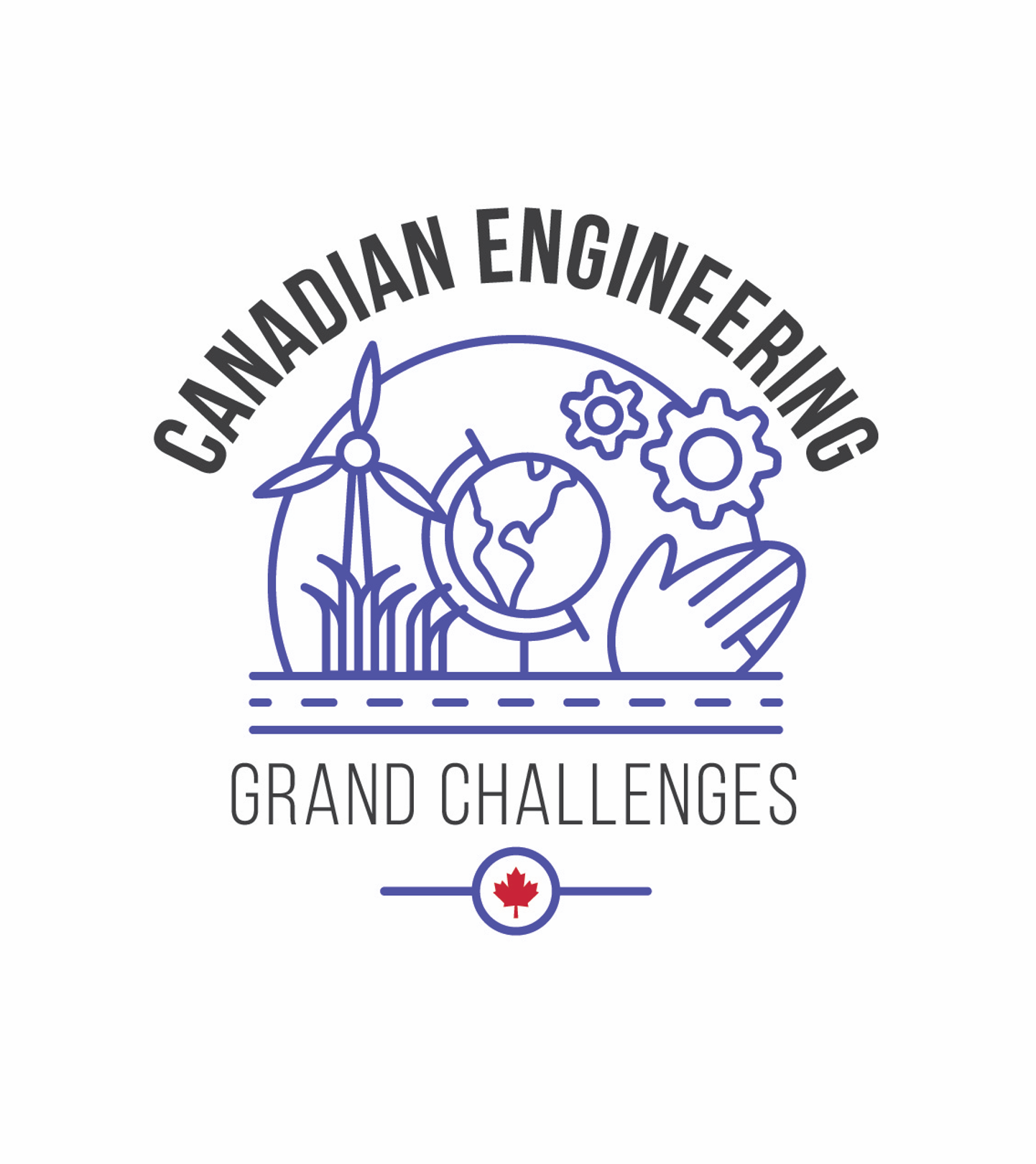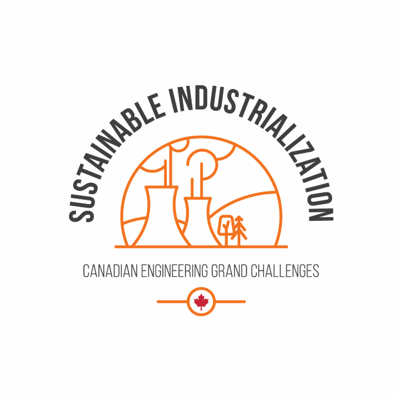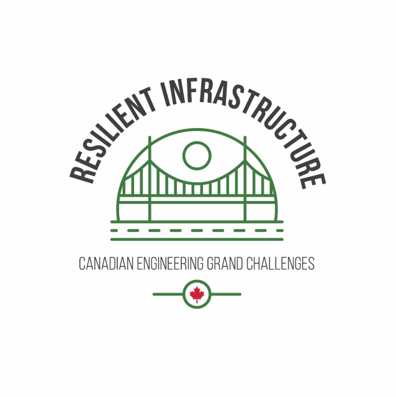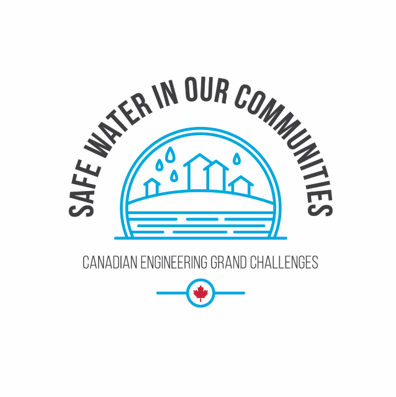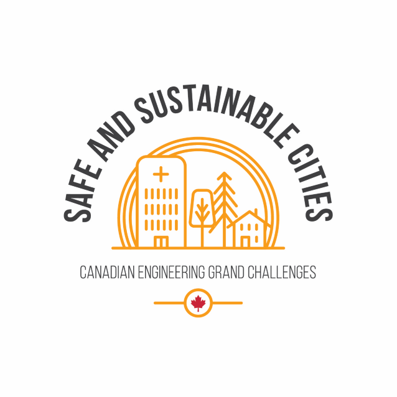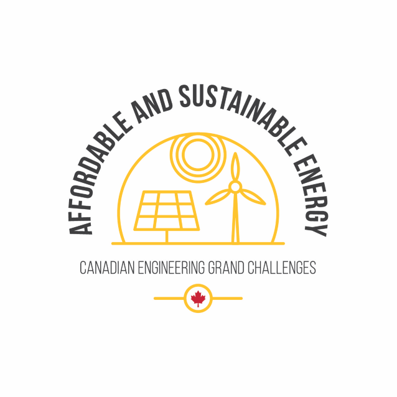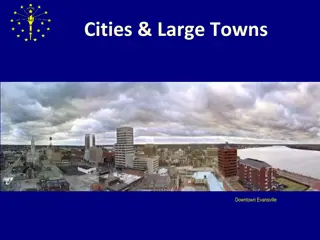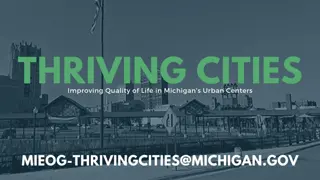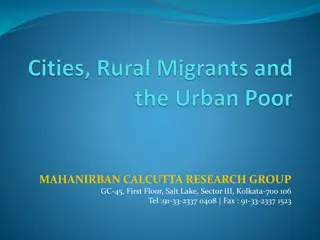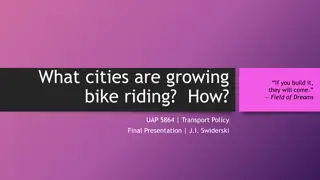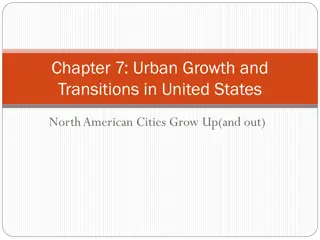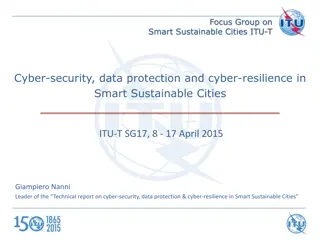Cities and Communities
Connect Ontario cities and Indigenous communities to the Canadian Engineering Grand Challenges (CEGC), addressing sustainable development goals and preparing engineering students for leadership in these challenges.
Download Presentation

Please find below an Image/Link to download the presentation.
The content on the website is provided AS IS for your information and personal use only. It may not be sold, licensed, or shared on other websites without obtaining consent from the author.If you encounter any issues during the download, it is possible that the publisher has removed the file from their server.
You are allowed to download the files provided on this website for personal or commercial use, subject to the condition that they are used lawfully. All files are the property of their respective owners.
The content on the website is provided AS IS for your information and personal use only. It may not be sold, licensed, or shared on other websites without obtaining consent from the author.
E N D
Presentation Transcript
Cities and Communities Connecting Ontario Cities and Indigenous Communities to the Canadian Engineering Grand Challenges (CEGC)
What are the CEGC? The Canadian Engineering Grand Challenges (CEGC) capture the United Nations 17 Sustainable Development Goals (SDG) in a way that is uniquely contextualized to Canada. This grand challenge approach is intended to focus and inspire the engineering profession, and to provide a context for Canadian engineering educators to prepare engineering students with the necessary leadership and sociotechnical skills to address and solve these large complex challenges and facilitate impactful change. The six challenges are: CEGC 1: Resilient infrastructure CEGC 2: Access to affordable, reliable, and sustainable energy CEGC 3: Access to safe water in all communities CEGC 4: Inclusive, safe, and sustainable cities CEGC 5: Inclusive and sustainable industrialization CEGC 6: Access to affordable and inclusive STEM education
ONTARIO CEGC Ohsweken, Carleton Place, Sarnia, Toronto, Goderich, Aamjiwnaang First Nations, Neskantaga First Nations
Resilient Infrastructure Marten Falls First Nation Caledon
Access to Remote Communities Marten Falls First Nation is approximately 400 km northeast of Thunder Bay in close proximity to rivers and forests. It is a fly-in community and has no year-round road access. It may be accessed by winter roads when weather permits (Government of Canada. Marten Falls Community Access Road Project). Nakina is the closest year-long road access city located approximately 160 km to the south. Marten Falls First Nation has no year-round road access. (Teach for Canada, Marten Falls / Ogoki Post First Nation). As of December 2022, the total population was 853, 396 on reserve and 457 off reserve (Government of Canada, Crown-Indigenous Relations and Northern Affairs). MARTEN FALLS FIRST NATION
Marten Falls, a remote Northern community has a very high cost of passenger and goods transportation. In the winter, the community can be accessed by winter roads (Marten Falls First Nation Access Roads). Winter roads are built over land, frozen rivers and lakes by remote communities and First Nation members to connect remote and First Nation communities in the Far North to a permanent highway or railway system. These roads exist from around mid-January until spring thaw" (Government of Ontario, Northern Ontario Winter Roads). Winter roads are affected by climate change and its condition is variable and becoming unreliable (Marten Falls First Nation Access Roads).To address the unreliability of winter roads, "Marten Falls First Nation is proposing the construction and operation, including maintenance, of an all-season multi-use community access road approximately 190 to 230 kilometres in length, connecting the northern end of Painter Lake forestry road to the community of Marten Falls. Marten Falls is located at the junction of the Albany and Ogoki rivers, approximately 170 kilometres northeast of Nakina, Ontario. As proposed, the Marten Falls Community Access Road Project could enable future access to potential mineral development activities in the Ring of Fire area (Government of Canada, Impact Assessment Agency of Canada). On January 13, 2023, the Impact Assessment Agency of Canada has extended the three-year time limit for Marten Falls First Nation to provide the information or studies for the project's impact assessment with the new deadline as July 24, 2026 (Government of Canada, Notice of Time Limit Extension). MARTEN FALLS FIRST NATION
The Battle over Highway 413 The Ontario government has proposed highway 413, a 4-6 lane highway. It is expected to be 59km long with 11 interchanges to municipal roads and provide easier access to other 400 series highways. It would extend from Milton to Vaughan and cut through the lower part of Caledon. CALEDON
Caledon is home to 71,000 people and has great farmland, it is one of the largest municipalities in Ontario. Some residents of Caledon are strongly against the building of highway 413. These residents are worried about the effect of the increased greenhouse gas (GHG) emissions associated with this highway, the addition of 17.4M tonnes of GHG by 2050. It is also unclear if highway 413 will improve congestion or if it would primarily add new cars to the road and promote urban sprawl. When analyzing from a sustainable city perspective including ecology, economy, and equity, building this highway may improve the economy by increasing the number of individuals moving to Caledon, unfortunately it will significantly impact the ecology of the region. Emitting more GHGs from vehicles (Scope 1 emissions) will generate ozone which has a negative impact on the yield and quality of important crops. Other concerns relate to the effects on the nearby water streams and their habitats. CALEDON
